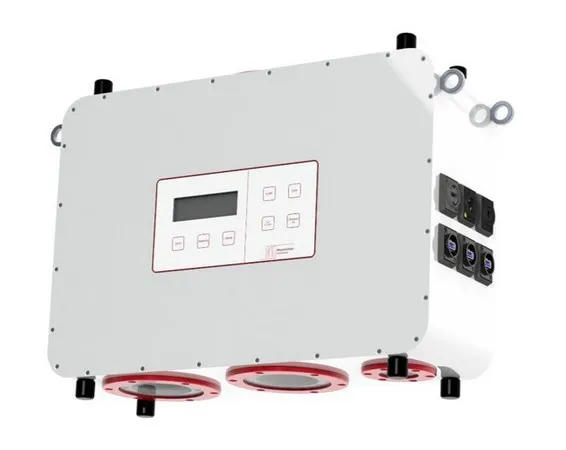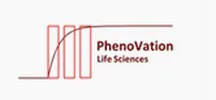Measuring the photosynthetic efficiency of a plant can increase production by 5-10%. However, determining photosynthesis without damaging the plant is a challenge.
PhenoVation took on that challenge and created the CropObserver. Vincent Jalink talked about it earlier this year and now explains that in addition to increasing production, good insight into photosynthesis efficiency can also be of great importance in the current energy crisis.
"Especially in these days of high gas prices, it's good to know if you're giving even just 5% or 10% too much light. because then you can save a lot on your energy bill. I even come across some cases where 40% too much light is given," he writes on LinkedIn.
'Heartbeat'
He writes that many growers can't tell him exactly how many moles of light they are giving their crops. "Often they know that at, say, 400 watts of irradiation they start using screens, but what does the plant really get and how does the plant react to it? By means of sensors you can get more insight into this. Think of a PAR sensor in the crop to measure exactly how much PAR light the plant gets. But what does this say about the plant?
When we as humans go to the doctor because we have problems with our lungs for example, the doctor actually listens to your lungs to find out what is wrong with you. With plants we don't do this. We look at them and we often say 'they look good or bad' but what is good or bad? We don't really measure IN the plant.
By measuring the efficiency of photosynthesis we can see exactly how the "heartbeat" of the plant is going. This is because the efficiency of photosynthesis says something about the process of photosynthesis and if it is going well then you know that the plant is also "feeling" good."
Phenovation offers the CropObserver for this purpose. The CropObserver measures more than 17,000 points per day at a distance of 2 meters from the crop. With this, the CropObserver can give advice on the number of moles per day the grower gives to his or her crop but also whether the crop can tolerate certain peaks of light radiation.
The CropObserver
For more information:
Vincent Jalink
PhenoVation
vincent.jalink@phenovation.nl
www.phenovation.com
Linkedin
